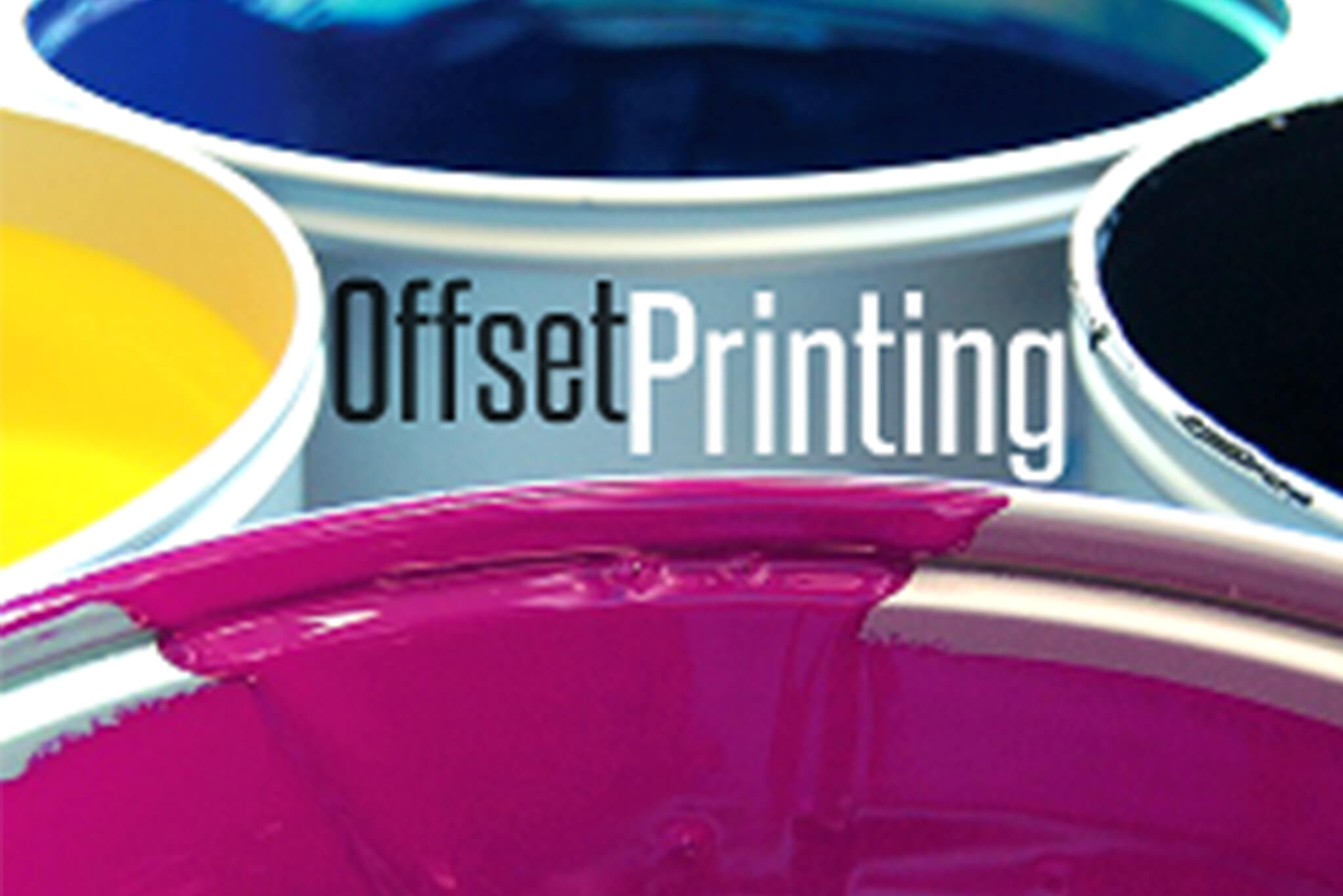Printing Inks
The use of inks dates to the year 2500 BC, when the Egyptians and Chinese used inks in writing and drawings. The 19th century witnessed the birth of many specialized ink makers, partly because manual grinding was replaced by rotating mills with belt transmissions.
In 1850 AD and to this day, many factors converged that had a great impact on the technology of manufacturing inks, as the limited testing in the raw materials available to the first ink makers has overlapped with the establishment of the gum and dyes industry that was built on the discovery of petroleum. The 1924 AD witnessed the use of TiO2 for the first time because of its outstanding bleaching ability and its lack of opacity. A few years later, PNTA and Cyanine dyes set new standards for color strength and fixative properties.
There are many thousands of different gums, solvents, and dyes now available to ink makers, and the printing ink industry is no longer limited to blending carbon black and linseed oil only, but has become a scientific industry that spends millions, responding constantly to renewed demands. In our time, it has become possible to spread knowledge on a large scale, and the transfer of experience to successive generations has become possible,” all thanks to the use of inks with papers.
Printing inks are colored coatings that are applied to a surface by mechanical means, and there are different methods of printing. Since there are many printing methods, the inks can be divided according to the method of printing used: there is the offset method, the method of printing in raised letters (rotogravure), the method of flexographic printing, the method of porous printing etc…. The manufacture of printing inks used today requires many skills and techniques. Ink is basically a chemical compound, and the different types of it have specific properties. The ink is made from many natural and manufactured materials in modern, highly efficient factories that rely on the latest computer-based machines in addition to the expertise of skilled craftsmen from twelve specializations.
Therefore, ink makers now must use chemists, physicists, engineers, color technicians, skilled workers, and research scientists. Printing inks are products manufactured according to consumer requests. It is estimated that there are approximately one million new formulations prepared every year, and that there are from 4 to 5 million formulations kept in files. The success or failure of any ink manufacturer depends on its ability to formulate an ink formulation that suits the consumer. Each new formulation is the basis of a new product that requires individualized treatment including costing and this is a competitive factor that requires every ink manufacturer to take care that information about its formulation is not leaked.
Printing inks consist of a mixture of three basic components: 1- carrier. 2- dye. 3- dried substance. There are other components that are added to give the inks special advantages. The carrier material plays its role in carrying the dye and as an adhesive that helps the dye to adhere to the surface. As a rule, both the printing machine and the drying system determine the type of carrier used. As for dyes (organic and inorganic), they determine many of the specific properties of the inks, such as transparency or thermal and chemical resistance. Wax materials, mineral oils, resins, dispersants, and other various additives give the ink formula its own advantages. Approximately 5,000 different raw materials are used in ink formulations, of which 80% are petrochemicals, and 15% are derivatives from the wood industry. Figures from the US Census Bureau indicate that in the United States there are about 200 printing ink companies that produce printing inks in approximately 500 factories distributed throughout the country.


Leave a Reply